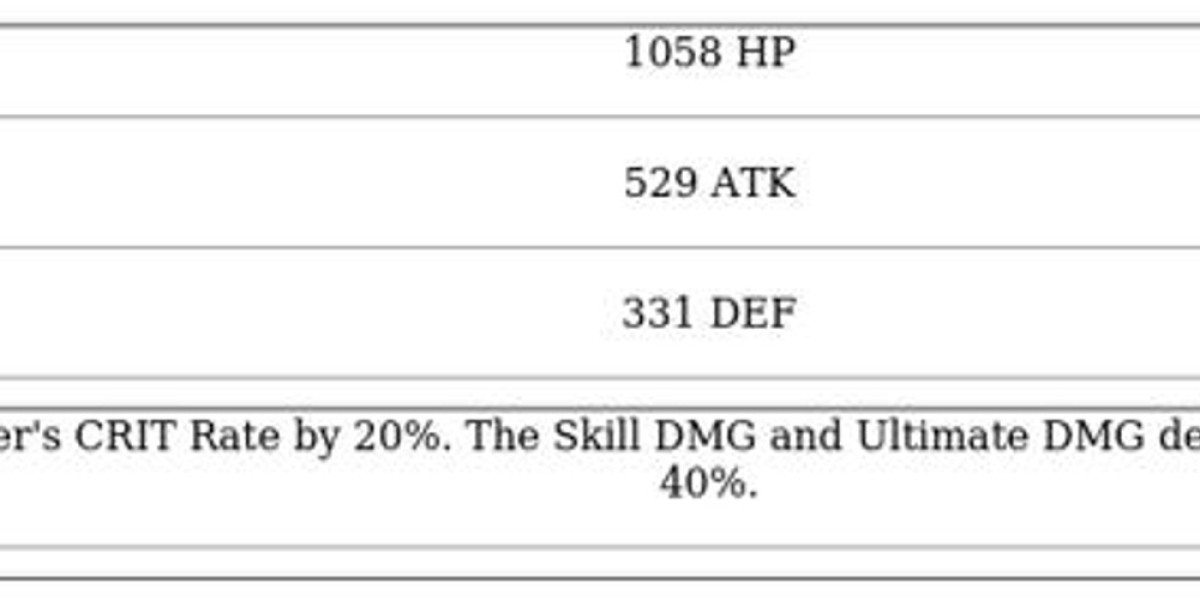Unlock the Secrets to Catching More Fish with Irresistible Frog Lures!
Frog fishing lures have become a staple in the tackle boxes of anglers worldwide, and for good reason. These lures are designed to mimic the movements and appearance of frogs, making them irresistible to predatory fish. The growing popularity of frog lures can be attributed to their effectiveness in both freshwater and saltwater environments, where they can entice fish even in the most challenging conditions. In this article, we’ll explore the ins and outs of frog fishing lures, including their unique features, the different types available, tips for selecting the right lure, and techniques to maximize your success on the water. Whether you’re a seasoned angler or a novice looking to up your game, this guide will provide valuable insights to help you catch more fish!

Understanding Frog Fishing Lures
Frog fishing lures are specifically designed to imitate the look and movement of frogs, which are a primary food source for many freshwater species, particularly bass. These lures often feature a soft, flexible body that allows them to float on the water's surface while still providing enough movement to attract fish. The unique design of frog lures enables them to be used effectively in various environments, including thick vegetation, lily pads, and open water. Their ability to create a commotion on the surface can trigger predatory instincts in fish, making them a go-to choice for anglers targeting species like largemouth bass or pike. The allure of frog lures lies in their capacity to mimic the subtle movements of a struggling frog, making them particularly effective during warmer months when frogs are most active.
Types of Frog Lures
There are several types of frog lures available, each with its own characteristics and use cases. Hollow body frogs are among the most popular; these lures feature a buoyant body that allows them to float and can be used in weedy or lily pad-filled waters without getting snagged. Soft plastic frogs, on the other hand, offer flexibility and realism, making them ideal for situations where fish are more cautious. Topwater frogs are designed to create splashes and noise on the surface, drawing fish in from a distance. Each type of frog lure serves a specific purpose: hollow bodies excel in heavy cover, soft plastics work well in open water, and topwater options can be effective when fish are actively feeding near the surface. Understanding these distinctions can help anglers choose the right lure for their fishing conditions.
Choosing the Right Frog Lure
Selecting the right frog lure can greatly enhance your fishing success. Several factors should be considered when making your choice, including water conditions, target species, and personal preferences. For instance, in murky water, opting for bright colors can help fish locate the lure, while in clearer waters, more natural hues might be more effective. Size is another important consideration; larger lures can attract bigger fish, while smaller lures may be better for finesse fishing. The action of the lure also plays a crucial role; for instance, a more erratic movement can simulate a distressed prey, enticing more aggressive fish. Additionally, consider the time of year and the specific behavior of the fish you’re targeting. By paying attention to these details, you can significantly improve your chances of a successful catch.
Techniques for Using Frog Lures
To effectively use frog lures, it’s essential to master various retrieval techniques and presentation strategies. One popular method is the “walk the dog” technique, where the angler retrieves the lure in a side-to-side motion, mimicking the erratic movement of a frog trying to escape. Timing is also critical; fishing during dawn or dusk when fish are most active can yield better results. Presentation is key; casting into heavy cover or near structures where fish are likely to hide can increase your chances of a bite. However, it's important to avoid common mistakes, such as setting the hook too early, which can result in missed opportunities. Instead, wait for the fish to fully take the lure before making your move. By refining your technique and being patient, you’ll find that the rewards of using frog lures are well worth the effort.
Maximizing Success with Frog Fishing Lures
In summary, frog fishing lures are an exciting and effective tool for any angler looking to enhance their fishing experience. By understanding the unique features of these lures, exploring the different types available, and mastering selection and retrieval techniques, you can unlock the secrets to catching more fish. Don’t hesitate to experiment with various lures and methods to find what works best for you. The thrill of a big catch is just a cast away, and with the right knowledge and skills, you can make the most of your time on the water!








